Plumbing
PLUMBING
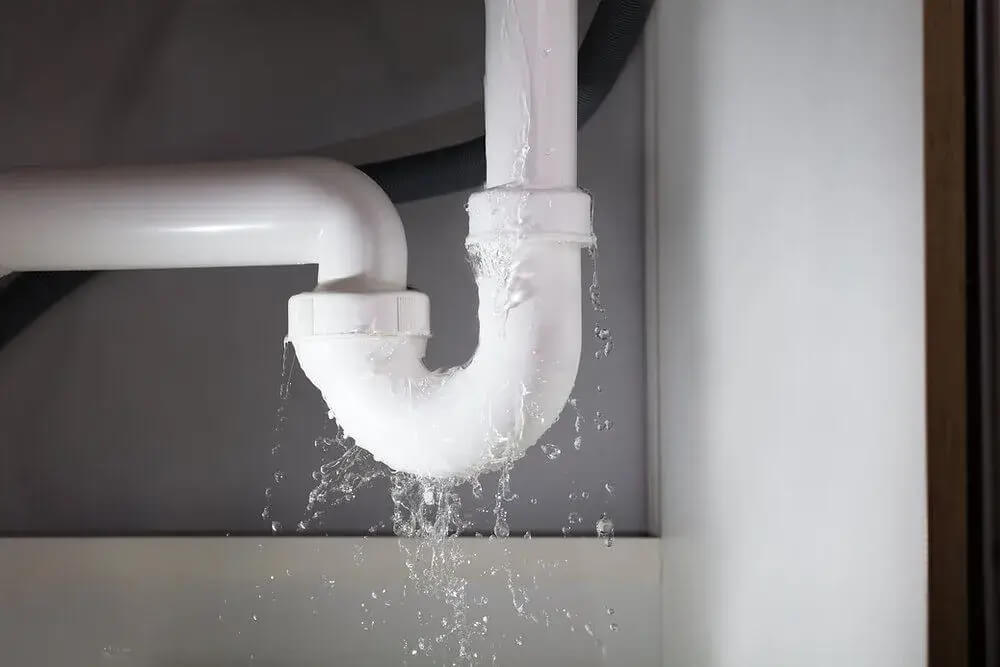
Believe it or not, plumbing is much more than just clearing out clogged drains or plunging a toilet. An efficient plumbing system is the one area of a home that is usually overlooked until something goes wrong. Yet, if you’ve ever experienced a plumbing emergency, you surely appreciate the importance of a high performing plumbing system.
All plumbing systems follow the laws of nature - pressure and gravity via two completely separate subsystems: a system that supplies fresh water throughout your home (using pressure) and a system that drains waste water out of your home (using gravity).
If the two systems overlap, cross-contamination can occur. This can lead to serious illnesses or diseases such as hepatitis, e-coli or encephalitis, which is one of the reasons why it’s important to always leave plumbing issues to a professional, like Honey Do Men.
Get A QuotePlumbing 101
While your water supply and drainage systems don’t overlap, there are bridges between them - plumbing fixtures. Examples of plumbing fixtures include:
- Sinks
- Water Heaters
- Tubs
- Outdoor Faucets
- Toilets
- Washing Machines
- Bidets
- Dishwashers
- Showers
- Boilers
Each plumbing fixture is connected to both supply and drainage pipes. In addition, each fixture contains a knob or valve so the water can be turned on and off as well as a drain hole to dispose of used water.
Depending on your location, your home is connected to either a private well or a public water system for fresh water supply. A complex network of pipes, drains, valves, and knobs ensures water reaches all corners of your home, even upper floors.
Sanitary drainage systems, often called Drain-Waste-Vent (DWV) systems, facilitate the removal of wastewater from your home. Unlike potable water systems, DWV systems rely on gravity, not pressure, to move waste downward and into a public sewer system or a private septic tank.
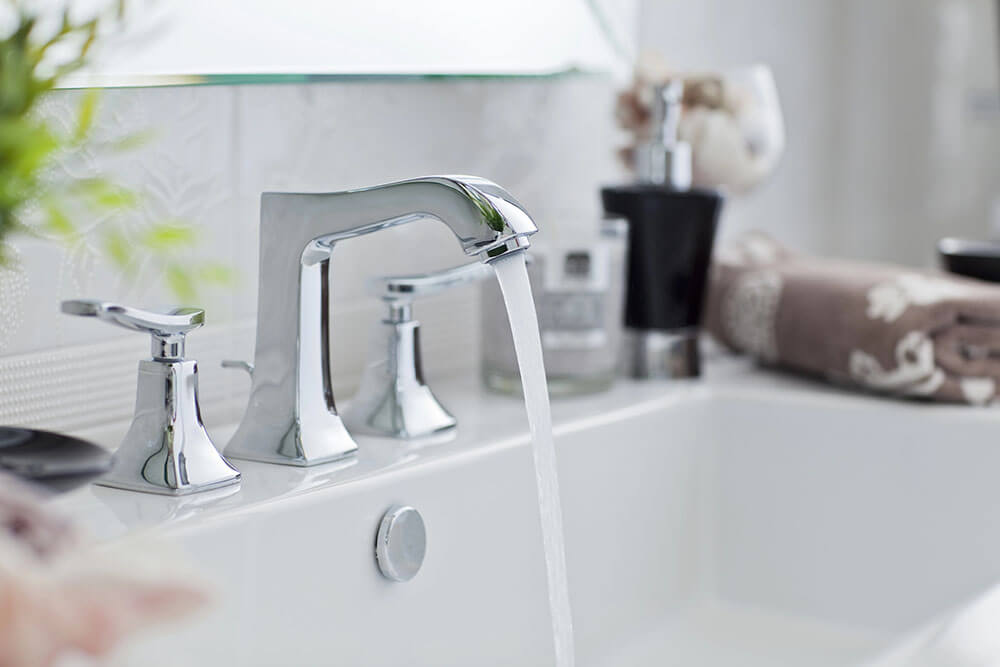
Benefits Of A Quality Plumbing System
An obvious benefit of a well-functioning plumbing system is that it prevents the cross contamination of drinking water and wastewater. However, there are many benefits in ensuring that the plumbing system in your home is in good working order.
Energy Efficiency
Modern plumbing systems reduce water and energy consumption, resulting in lower utility bills.
Clean Water Supply
Ensures safe and clean water for your family's use while efficiently removing wastewater and sewage.
Cost Savings
Minimizes water wastage and the need for costly repairs through regular maintenance.
Mold and Mildew Prevention
Reduces the risk of mold and mildew growth, which can lead to health issues.
Backflow Prevention
Keeps contaminated water from entering your clean water supply.
Prevents Water Damage
Minimizes the risk of leaks and pipe damage, preserving your home's structural integrity.
Safety
Reduces the risk of electrical accidents by preventing water infiltration into electrical systems.
Major Components Of A Plumbing System
Your plumbing system consists of many components that work together to supply fresh hot and cold water throughout your home and into individual plumbing fixtures.
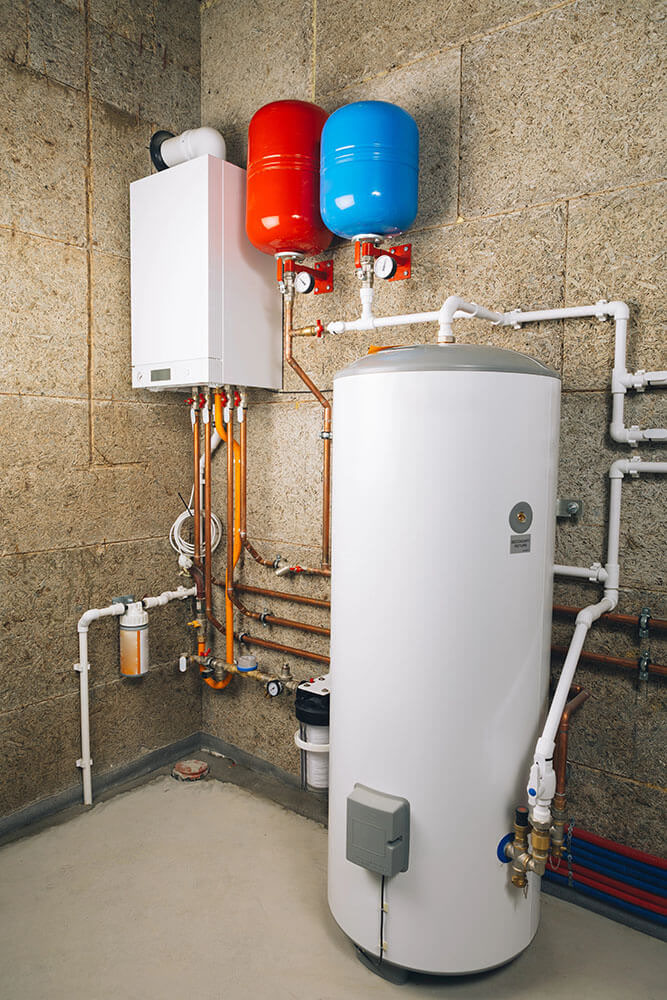
Hot Water Heater
Your hot water heater is an important component to your home’s plumbing system because it stores water in a tank and heats it before distributing it throughout your home. When hot water is needed, cold water flows through a pipe from the main water supply and into the hot water tank. The heated water is then able to flow through a hot water line and into the fixture or appliance that needs hot water.
Depending on the type of hot water heater you have, it runs on either electricity or propane. Water heaters typically contain a thermostat in order to maintain a pre-programmed temperature (so the water doesn’t get too hot).
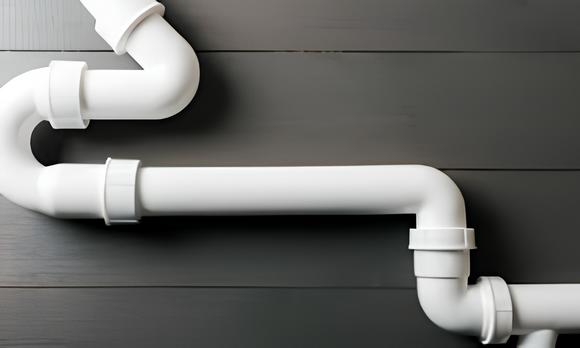
Pipes
Your home’s plumbing system likely contains different types of piping materials, each serving its own purpose. The pipes are what allows the water to flow throughout your home safely. There are many different types of pipes available for plumbing systems. Each has its own advantages and disadvantages, depending on its intended use.
ABS (Acrylonitrile Butadiene Styrene)
ABS pipes are similar to PVC and are identified by its black color.
Used for : Indoor drain and waste piping
Pros:
- Long Lasting
- Durable (can withstand colder temperatures better than PVC)
Cons:
- Indoor Use Only
- Noise (ABS pipes don’t contain the sound of running water)
- Prone to Warping (ABS doesn’t do well in direct sunlight and can warp)
Cast Iron/Galvanized Pipes
Many homes built in the early 20th century contain cast iron or galvanized piping. This type of piping is no longer used in new construction.
Used for: Components of water distribution systems, vent pipes, gas lines
Pros:
- Durable
- Heat Resistant
- Low Noise
Cons:
- Heavy
- Prone to Corrosion
- Prone to Rust
Chromed Brass
Chromed brass is sometimes used in place of PVC piping for exposed waste lines (such as P-traps) for durability. In addition, because it is exposed, many homeowners prefer its wide, shiny chrome look for its aesthetic appeal.
Used for : Exposed drains and traps (such as pedestal sinks or toilets)
Pros:
- Aesthetics
- Durable
Cons:
- Limited Uses
Copper
Copper has become the standard hard pipe and can last over 50 years. Copper pipes are available in two categories:
Rigid: Used for water supply lines
Flexible: Used in smaller spaces where the copper can bend
Pros:
- Aesthetics
- Variety (available in different grades of thickness)
- Resists Corrosion
- Durable
- Eco-Friendly (copper can be recycled)
Cons:
- Expensive
- Flexibility (copper isn’t as flexible as plastic piping)
PEX Tubing (Cross-Linked Polyethylene)
While PEX has been used since the 1970’s, it is considered the water pipe material of the future, PEX is flexible and is available in two colors (blue and red) to easily distinguish hot and cold water pipes. PEX has become the indoor piping material of choice because it’s less expensive than copper, and is as durable as PVC.
Used for: Used for water supply lines
Pros:
- Flexibility (can be fitted into virtually any indoor space)
- Durable (withstand both hot & cold water temperatures)
- Budget Friendly
- Resists Corrosion
- Can be Color Coded
Cons:
- Indoor Use Only
- Potential Toxins (there are concerns that chemicals from the PEX pipes can leach into drinking water, and has been banned in California)
PVC
PVC piping is known for its durability, versatility and resistance to becoming blocked. PVC piping is typically made of white, rigid plastic.
Used for: Sinks, toilets or shower drains, waste lines, vent pipes and drain traps.
Pros:
- Budget Friendly
- Durable (can withstand high water pressure)
- Versatile
- Clog Resistant
- Can be Color Coded
Cons:
- Prone to Warping (when exposed to extremely hot water/heat)
- Potential Toxins (there are concerns that PVC may leach chemicals into drainage water)
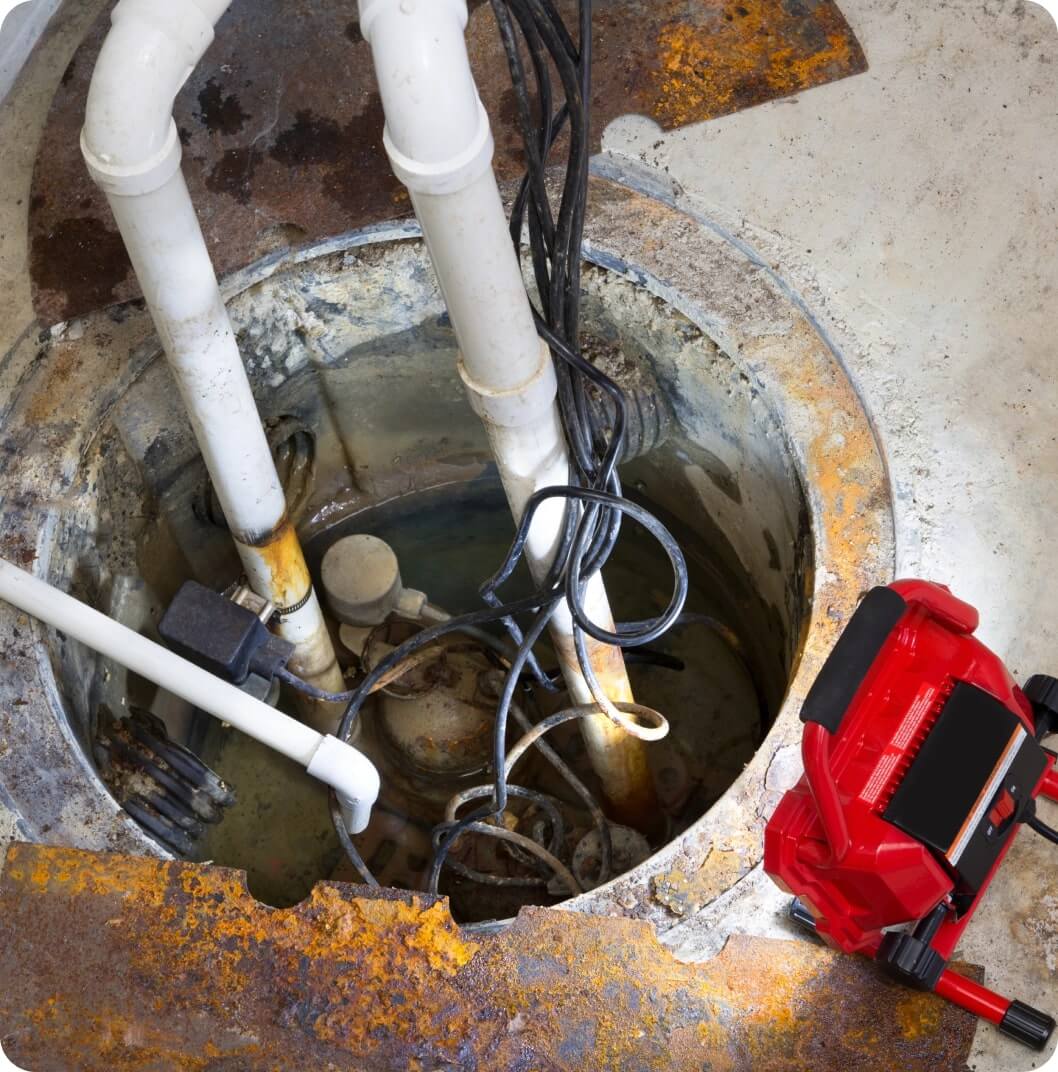
Septic/Sewer Line
Continues the downward flow of wastewater into a sewage treatment facility or septic tank.
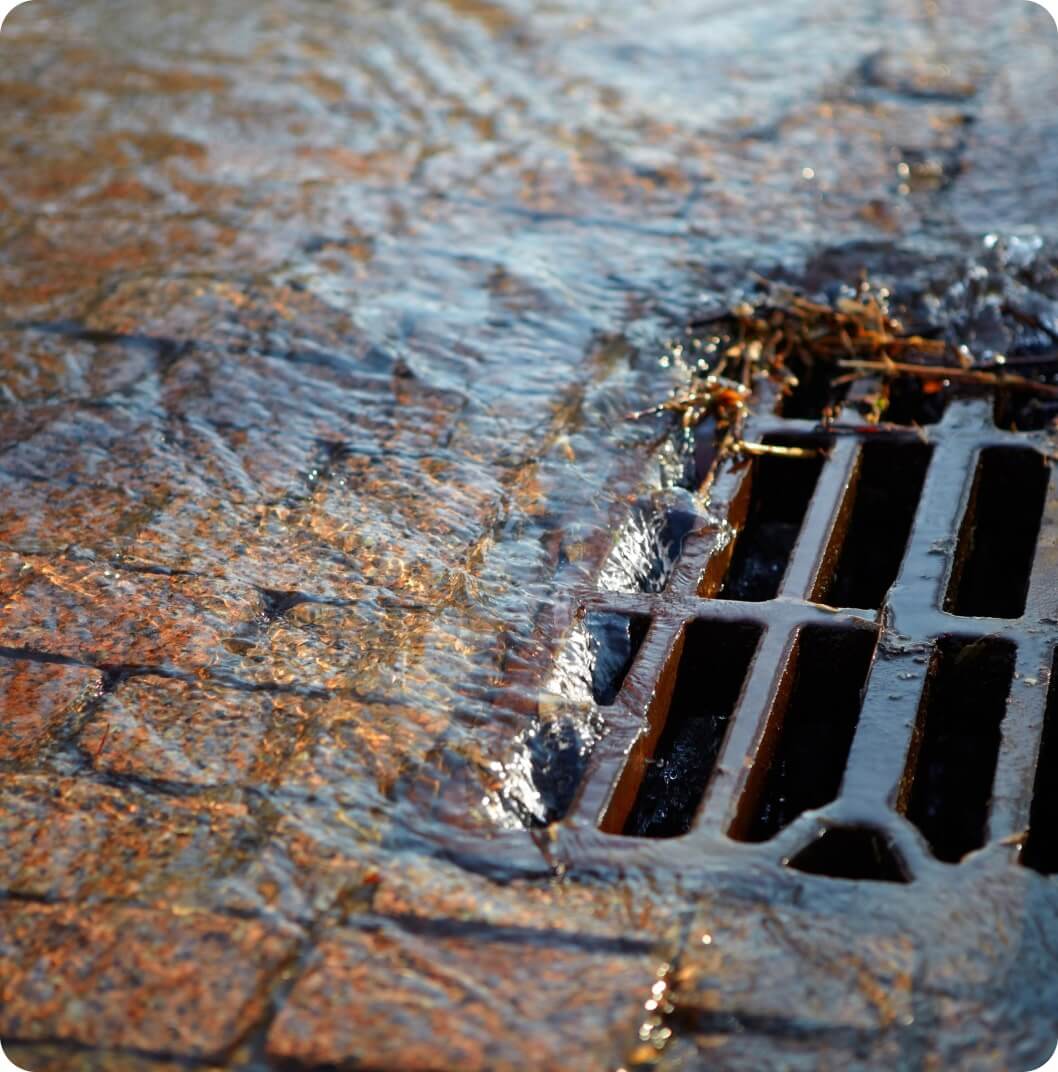
Storm Water Drainage
Without a storm water drainage system, rainwater would have nowhere to go and would eventually pool in your yard or driveway. This could lead to damage to your home’s foundation as well as interior flooding. Storm drains can be identified as covered holes in the yard, sidewalk or street that allow rainwater to flow safely away from your home.
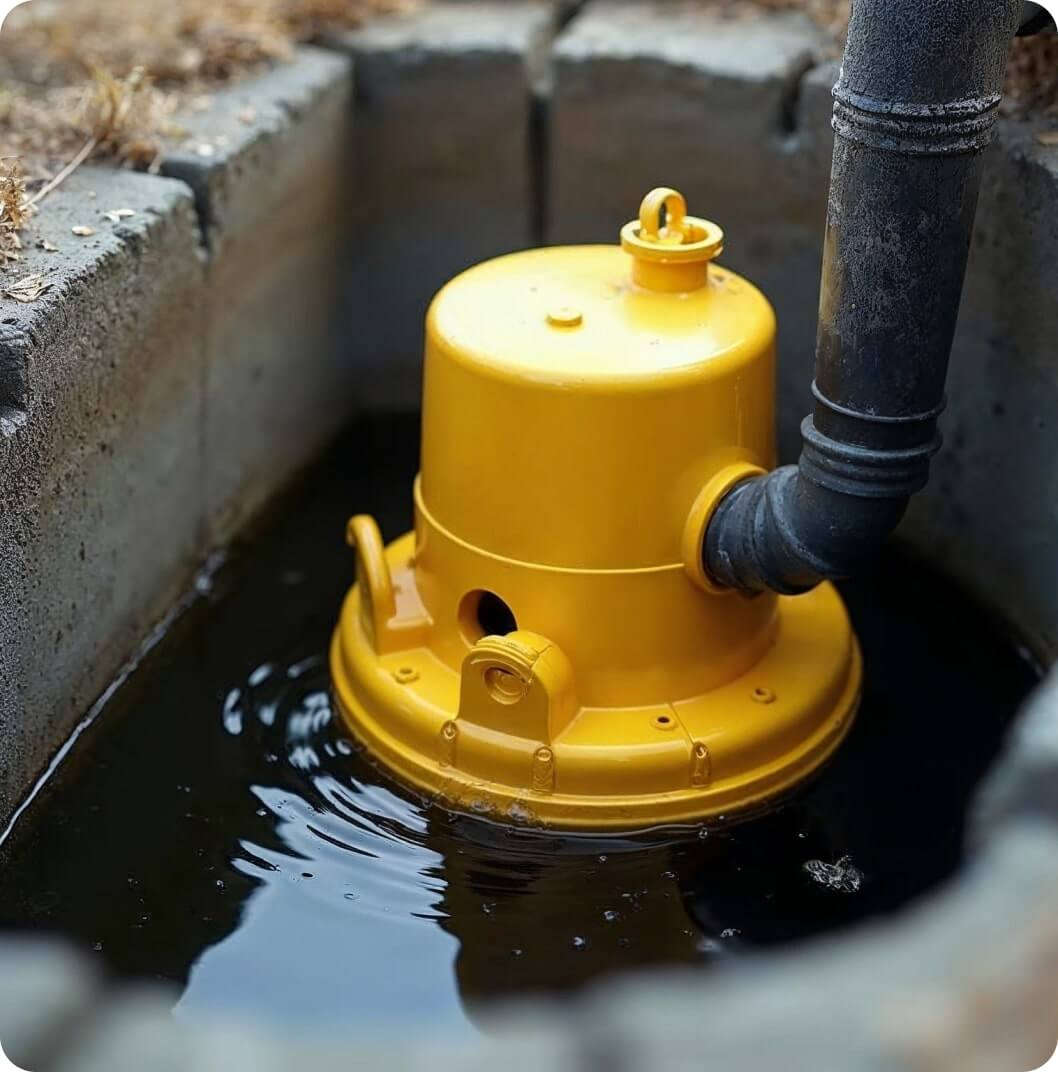
Sump Pump
A sump pump is often used in basements that are prone to flooding. The sump pump sits in a pit that accumulates water to push water outside.
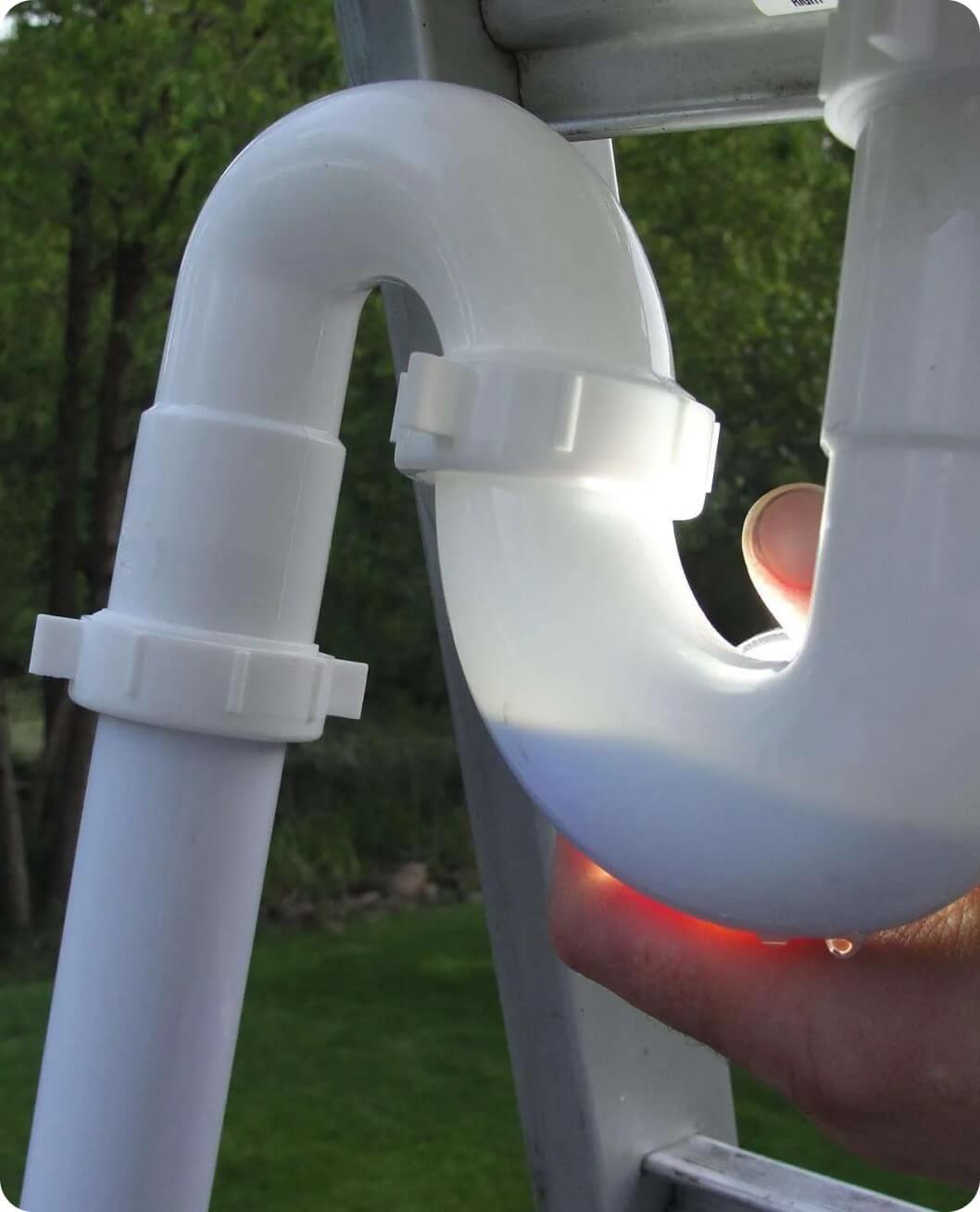
Traps
Traps play a vital role in your home's drainage system by preventing harmful gasses and sewer/septic odors from getting into your living space. Every plumbing fixture, like sinks and showers, has a trap. It holds a small amount of water to create a seal, blocking gasses and odors from entering your home
Clogged drains are often caused by common culprits like grease and hair. To deal with blockages, most traps have plugs that make it easy to clean out.
Traps also catch solid objects, such as earrings, to keep them from obstructing the drain. Toilets have their own built-in trap, ensuring there's always water in the bowl. In older bathtubs, drum traps were used to prevent clogs, but these are no longer considered compliant with plumbing codes.
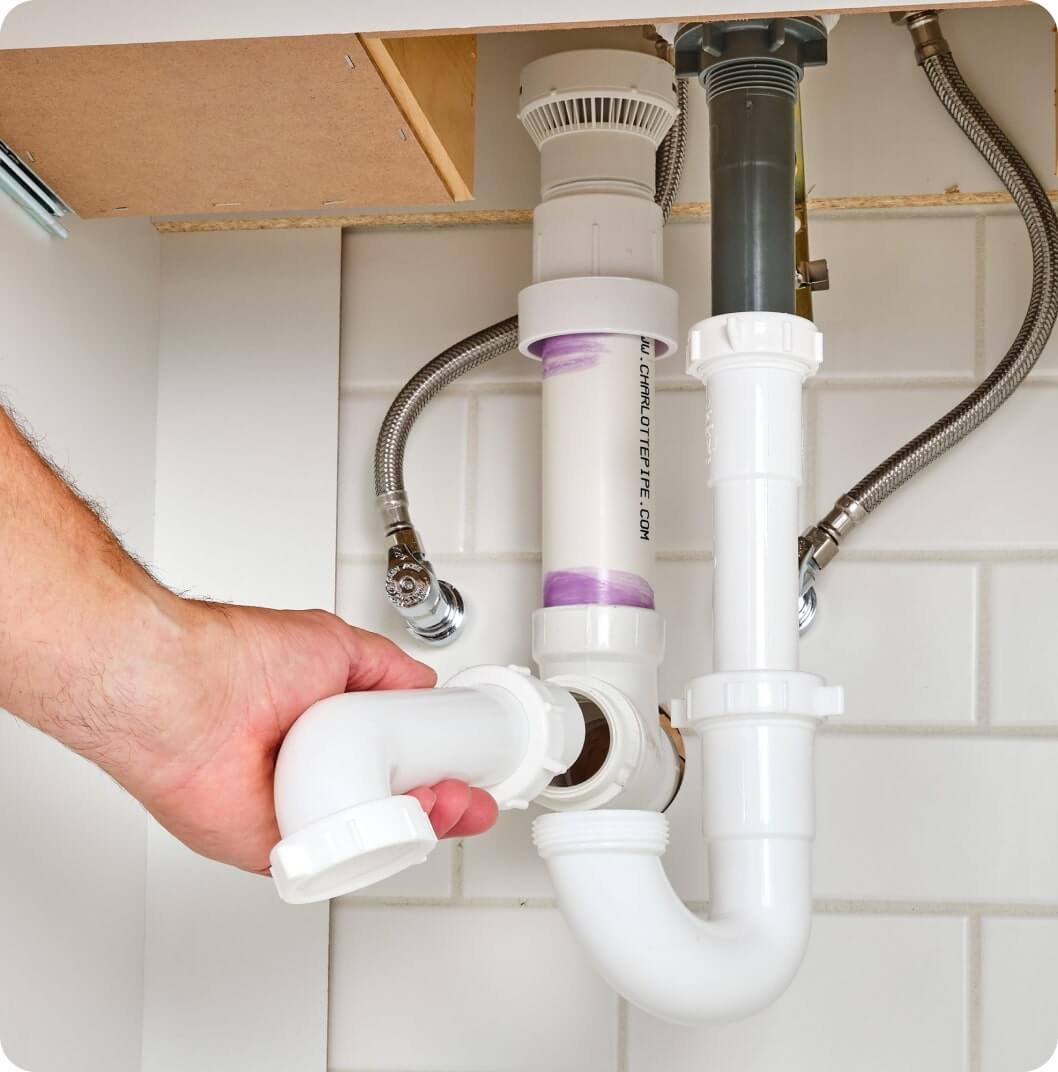
Vents
Every drain in your home has its own vent. Each “branch” vent connects to the main vent stack. Plumbing vents function to allow air to enter drainpipes. Without air supply from plumbing vents, wastewater wouldn’t be able to flow out. The air works to equalize pressure, otherwise the suction wouldn’t allow the water to flow through the pipes.
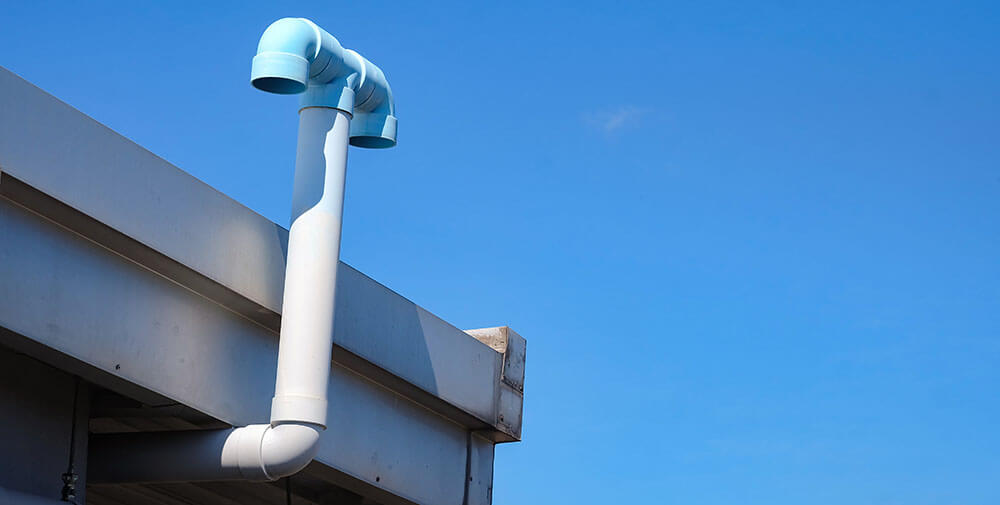
Vent Stack
The vent stack resembles a small smokestack and is the main vent pipe that connects the sewer or septic line to the roof. Like a smokestack, the vent stack allows harmful gasses to exit your home.
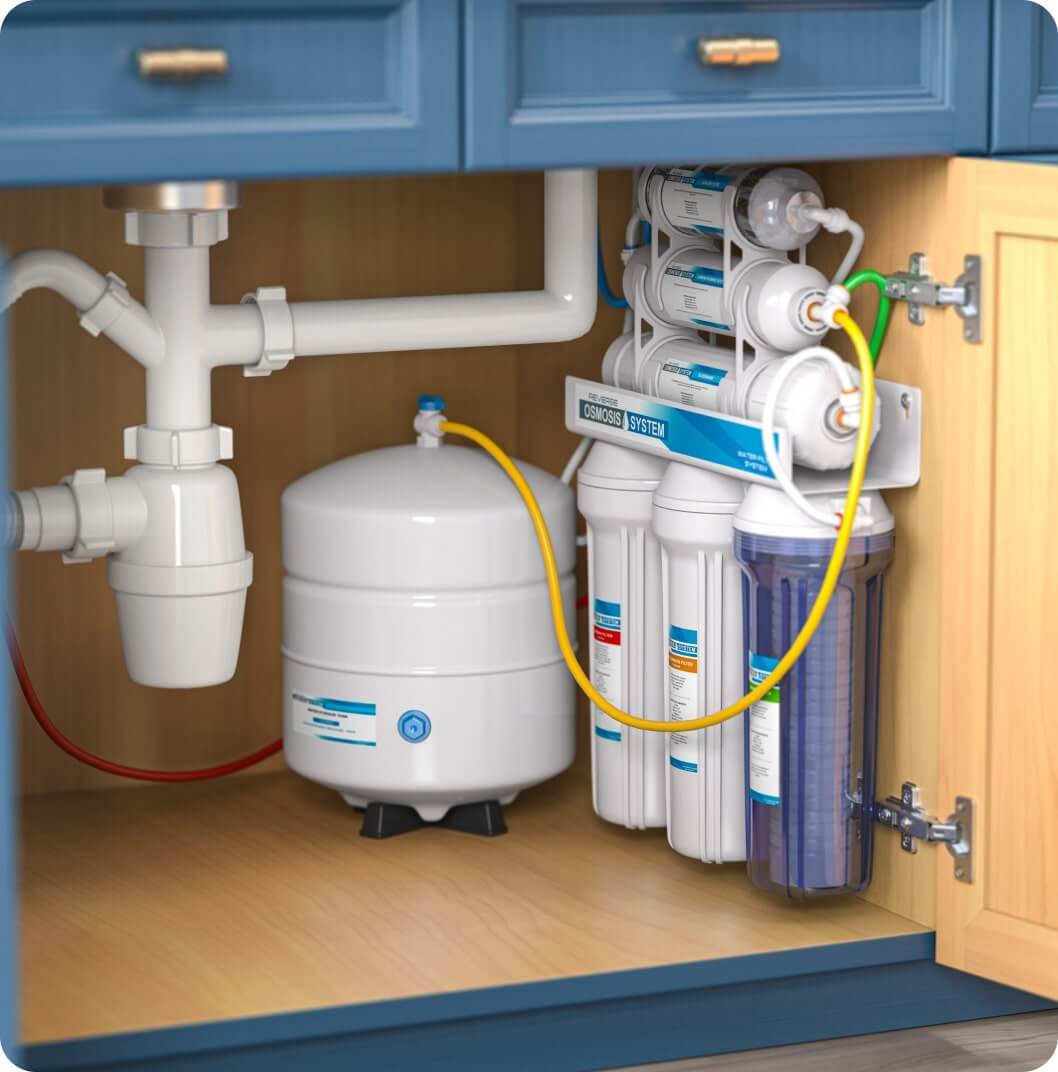
Water Purification System
A water purification system is an integral part of your home’s plumbing system because well water can become contaminated and public water, while run through a purification system before being distributed, can still contain impurities.
Unfortunately, not all homes contain water purification systems. Water spigot purification systems have become popular for many homeowners because it ensures safe drinking water. There are also filters that can be attached to incoming water lines that help ensure all the water throughout your home is as clean as possible.
Plumbing Terminology
In the event of a plumbing emergency or issue, it’s important to understand the common terminology used.
Air Gap
A venting device that allows air into a dishwasher's hose to prevent sink drain backflow.
Access Panel
An opening in a wall or ceiling for accessing the home's plumbing system.
Angle Stop
A shutoff valve between the water supply and a plumbing fixture.
Backwater Valve
Prevents sewage from re-entering the home.
Ball Check Valve
Directs water flow in one direction, often used on water heaters.
Ballcock
Regulates water flow in a toilet tank when flushed.
Black Water
Wastewater from bathrooms and toilets containing fecal matter and urine.
Branch (Lateral Line)
A secondary part of a drain system.
Branch Vent
Connects vents to a vent stack.
Cheater Valve (Air Admittance Valve - AAV)
Used when venting a plumbing fixture's drain is challenging.
Check Valve
Permits water flow in one direction.
Cleanout Plug
Provides access to the drain to remove blockages.
Diaphragm
A flexible membrane that regulates water flow.
Dip Tube
Sends cold water to the bottom of a water heater tank.
Drip Leg (Sediment Trap)
Sends cold water to the bottom of a water heater tank.
Escutcheon
Protects and covers the hole under a faucet handle.
Fall/Flow (Pitch)
The slope needed for proper drainage in pipes.
Fixture
Any plumbing device that handles water flow and drainage.
Flapper Valve
Connects the toilet bowl and water tank.
Float Ball
Regulates water levels in a toilet tank.
Floor Flange
Connects a toilet to the sewer or septic line.
Flux
Cleans metal pipes for soldering.
Gas Cock
Shuts off the main gas line.
Gate Valve
Controls water flow in pipes.
Gravity Operated Toilet
Uses water pressure for flushing.
Gray Water
Not safe to drink, often used for gardening.
Hard Water
Contains minerals that can harm fixtures.
High Loop
Prevents backflow in dishwashers without an air gap.
Horizontal Run
The distance water travels in a pipe.
Hose Bib (Spigot)
Outdoor faucet with backflow prevention.
Main Line
Supplies water from the meter to home branch pipes.
Nipple
Short pipe connecting fittings.
O-Ring
Creates water-tight seals in plumbing components.
Plunger
Comes in different types for sinks and toilets.
Power Flush System
Found in commercial buildings for pressurized flushing.
Pressure Reducing Valve (PRV)
Normalizes home water pressure.
Rim Holes
Refill the toilet bowl.
Septic
Bacteria breaking down waste in a septic tank.
Septic Tank
For homes not connected to a sewage system.
Shut Off Valves
Main and fixture-specific valves for water control.
Solder
Joins metal pipes by melting and solidifying.
Straight Stop Valve
Shuts off water during repairs.
Supply Line
Carries water from the main line to fixtures.
Sweat Connection
Soldering copper pipes to fittings.
Tailpiece
Connects fixtures to traps.
Tee
Fittings used to connect pipes.
Temperature and Pressure (T&P) Valve
A safety device on hot water tanks.
Trap
Prevents sewer odors from entering; includes P and S-traps
Trapway
Connects a toilet bowl to a waste outlet.
Trip Lever
Flush handle on a toilet tank.
Vacuum Breaker
Prevents water backflow from hoses.
Vent
Allows air into the plumbing drainage system.
Vent Stack ("Stink Pipe")
Releases gases from the home to the outside.
Water Hammer
Noise and vibration from sudden water flow changes
Water Hammer Arrester
Absorbs turbulent water pressure to prevent noise and damages.
Plumbing System Considerations
Because having a reliable plumbing system in your home is essential, it’s very important to ensure that it is well maintained. In order to keep your plumbing system in good working order, there are several things to consider.
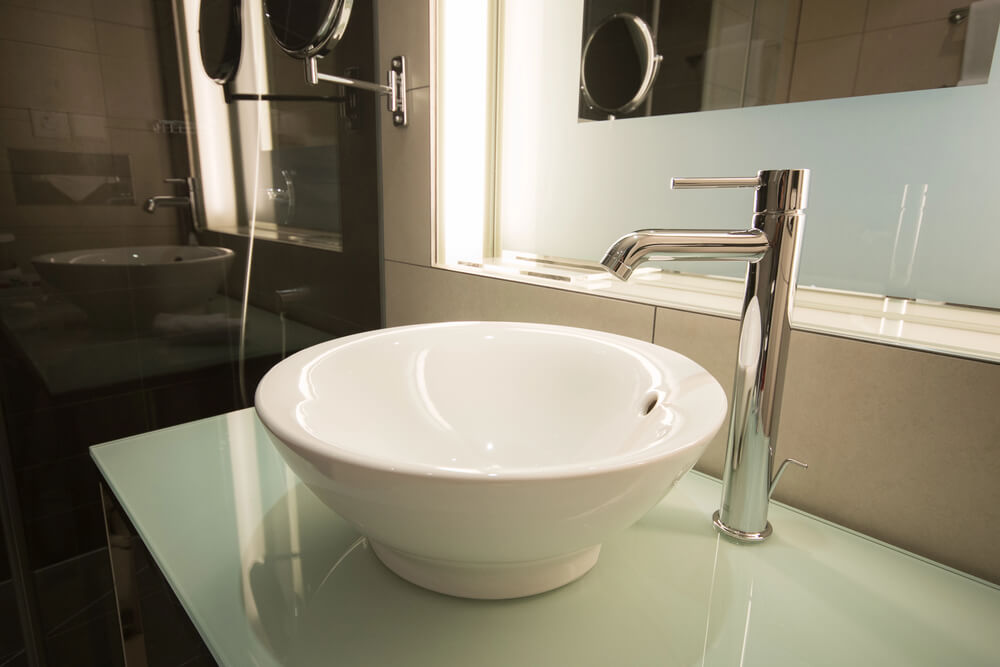
Upgrades
A plumbing upgrade can be as simple as installing new fixtures to replacing your entire plumbing system with a modern, more energy efficient system. A plumbing upgrade will ensure the plumbing in your home is running efficiently and safely. Indications that your plumbing system needs an upgrade include, but are not limited to:
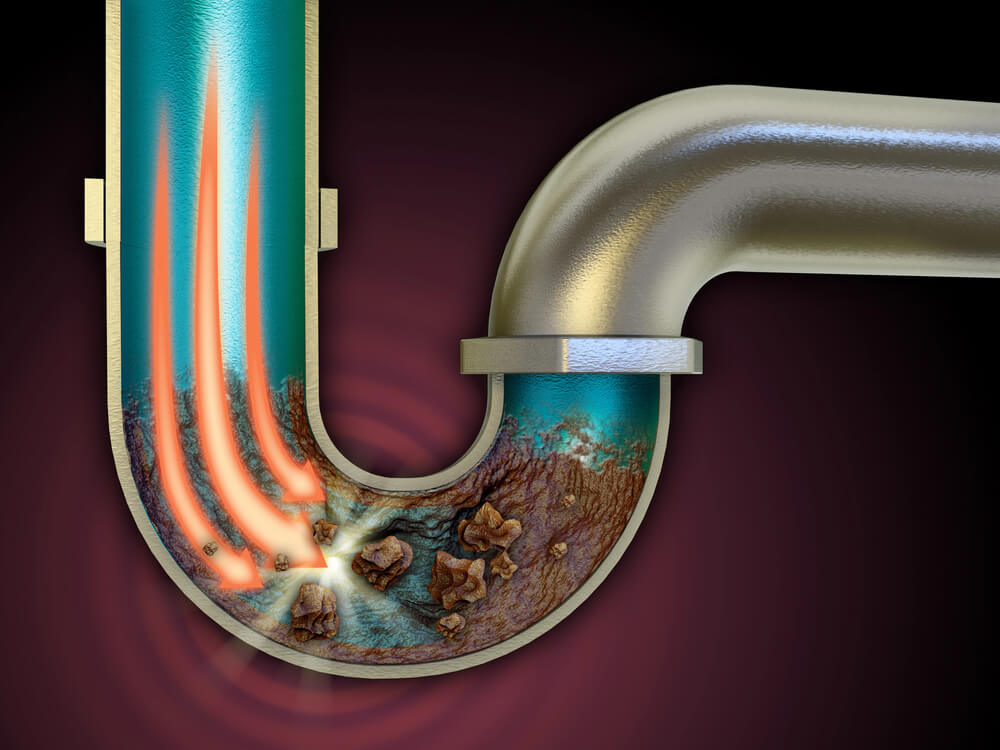
Blockages
If you notice that your drains are running slowly or your toilets aren’t flushing properly, your first thought may be a clog. However, it could potentially be the result of a blockage in the vent stack. In addition, damaged toilet seals can lead to the formation of gunk around the flapper and valve seal, which can make your toilet continuously run.
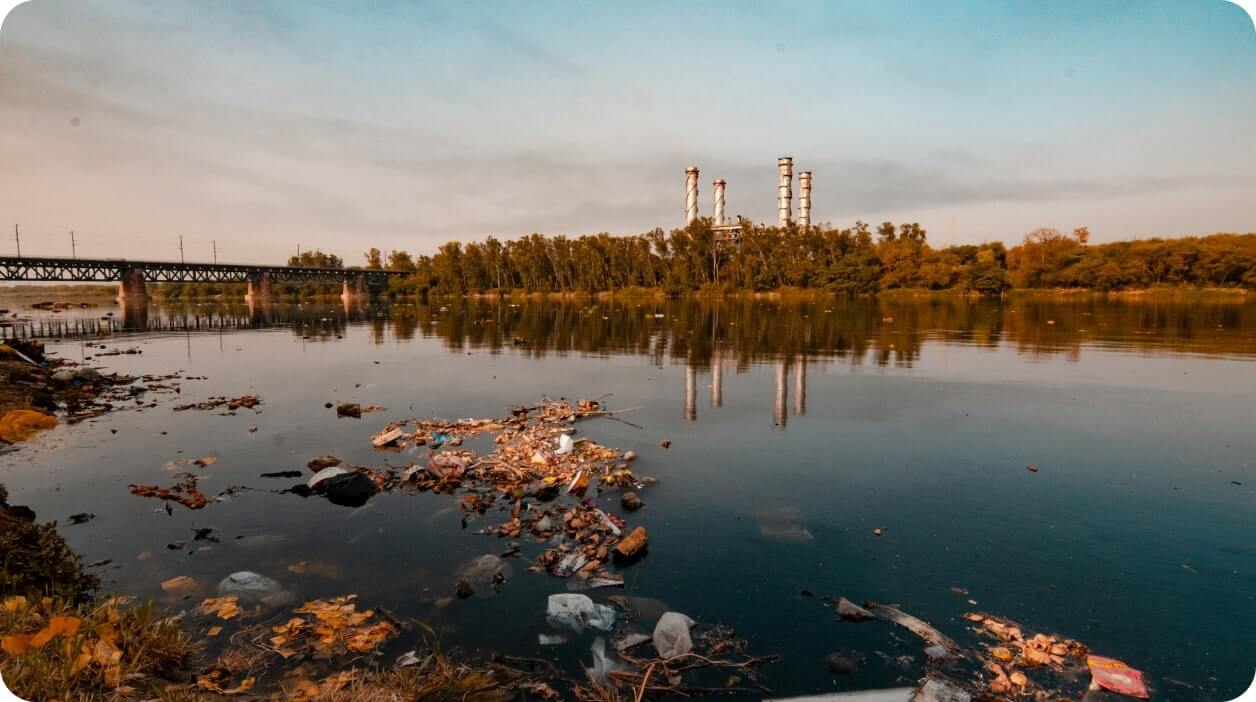
Cross Contamination
When wastewater backs up, cross contamination can occur. All plumbing systems must contain a physical separation (air gap) between plumbing system features. Without the gap, cross contamination will result in wastewater and other contaminants infiltrating the home’s water supply.
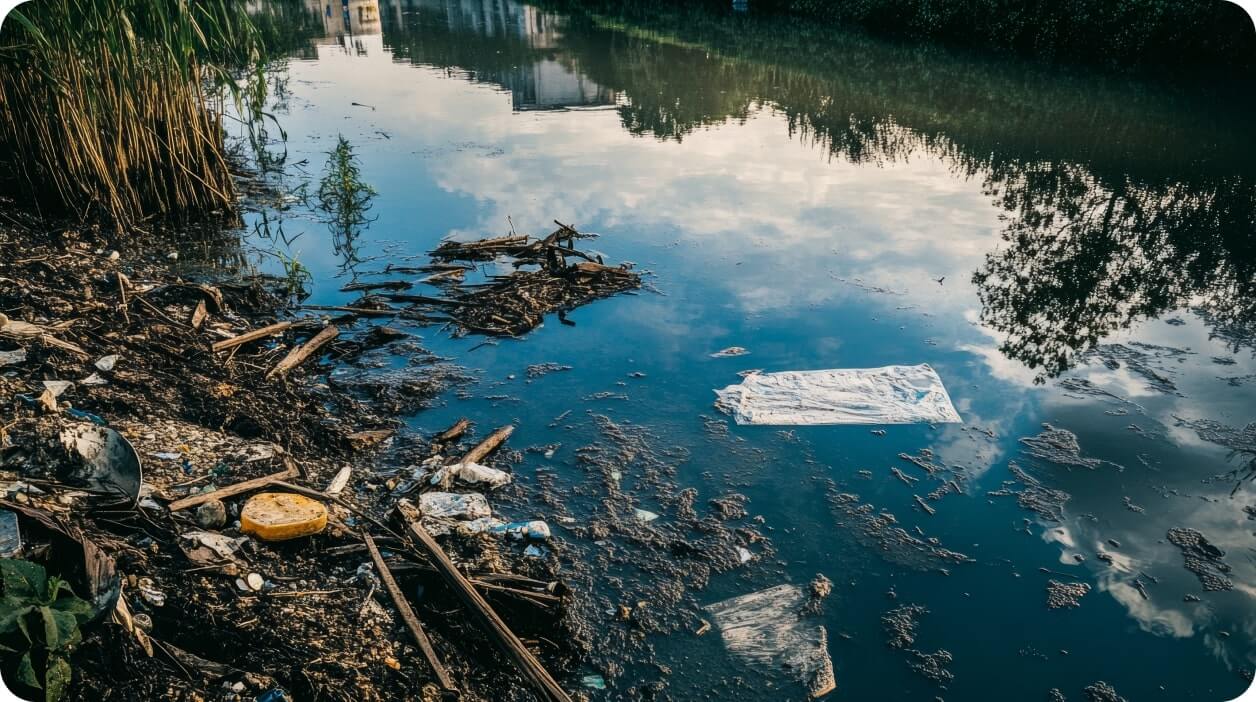
Groundwater Contamination
A defective plumbing system can not only lead to the contamination of drinking water, but it can impact the groundwater as well. Many people don’t realize that contaminated water can seep into the ground and spread into neighboring areas.
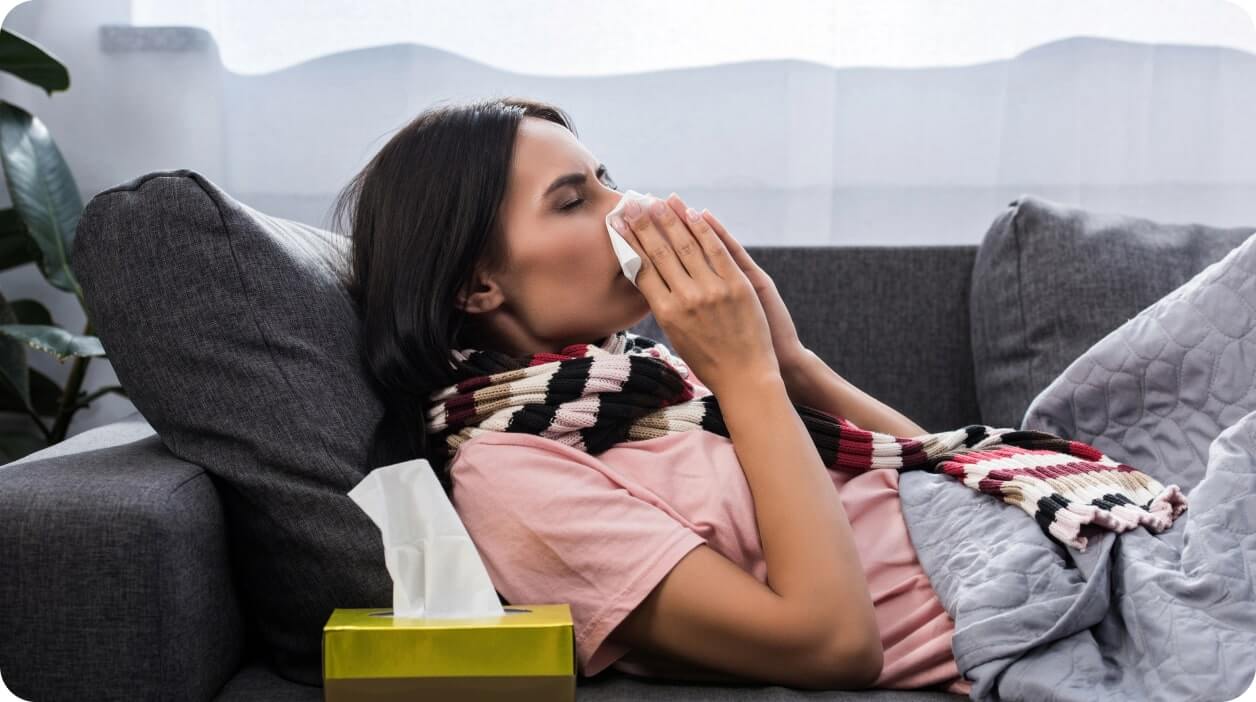
Disease
Substandard or outdated plumbing systems can result in the growth and spread of dangerous and potentially harmful bacteria, parasites and pathogens. When these microorganisms infiltrate the environment, it can lead to the spread of disease.
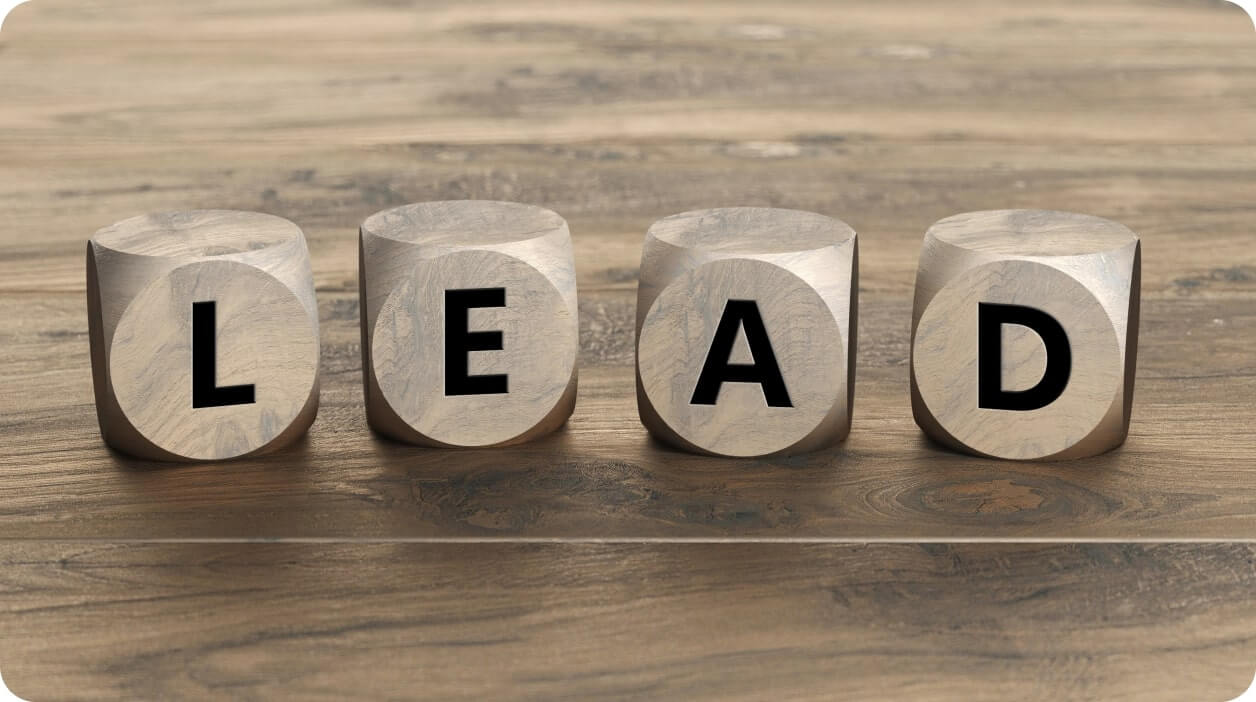
Lead/Toxins
Older homes typically contain pipes that were soldered with lead. The lead can seep into the home’s water system, particularly in drinking water.
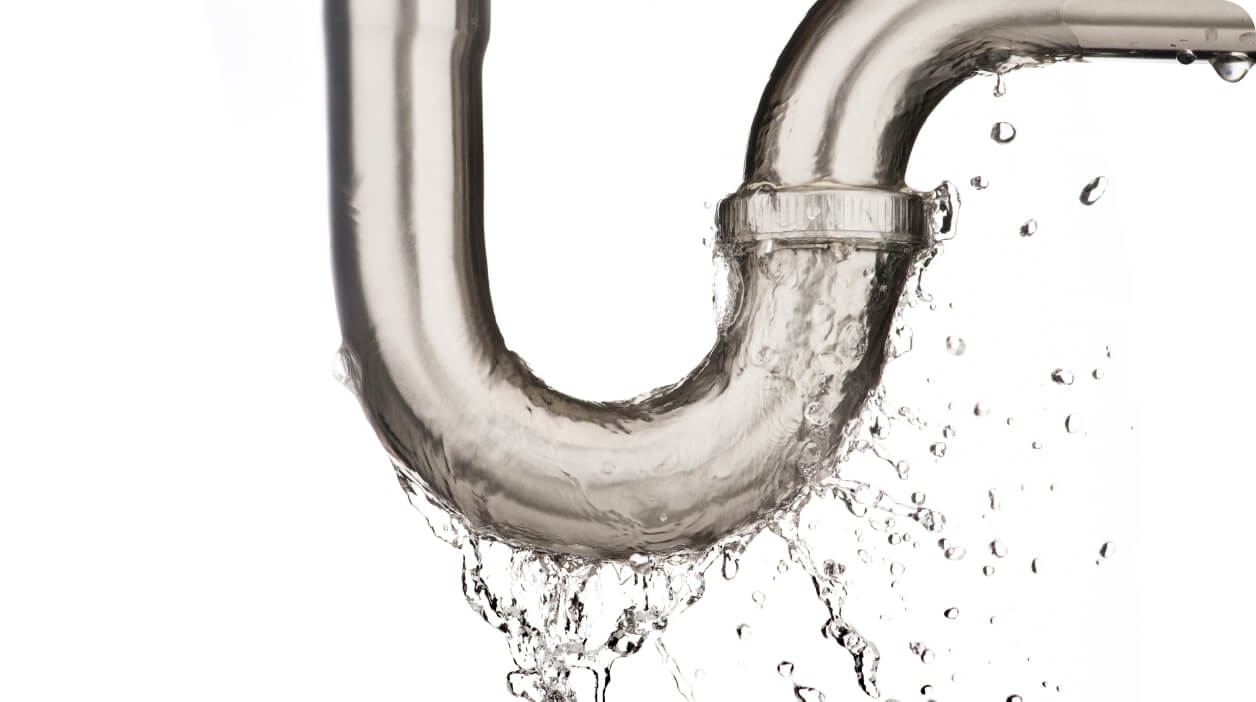
Leaks
Because most pipes are located inside walls and under floors, all leaks should be addressed as soon as they are detected. Water leaks can seep into the walls and lead to the growth of mold and mildew, fungal infections and can compromise your home’s structural integrity. In addition, water leaks can have a big impact on your monthly utility bills and water usage.
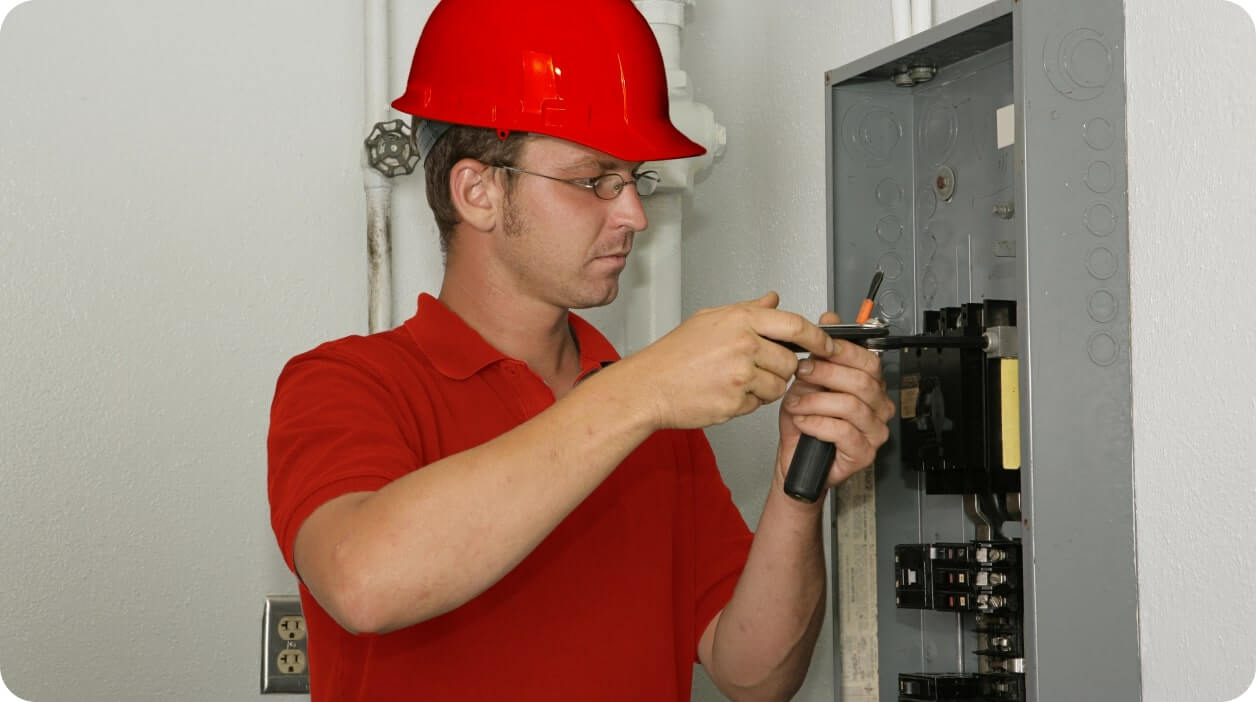
Building Codes/Regulations
Before tackling a plumbing repair or installation, it's important to ensure that your home’s plumbing complies with local building codes. Most plumbing issues require a professional, such as Honey Do Men, who is familiar with all regulations.
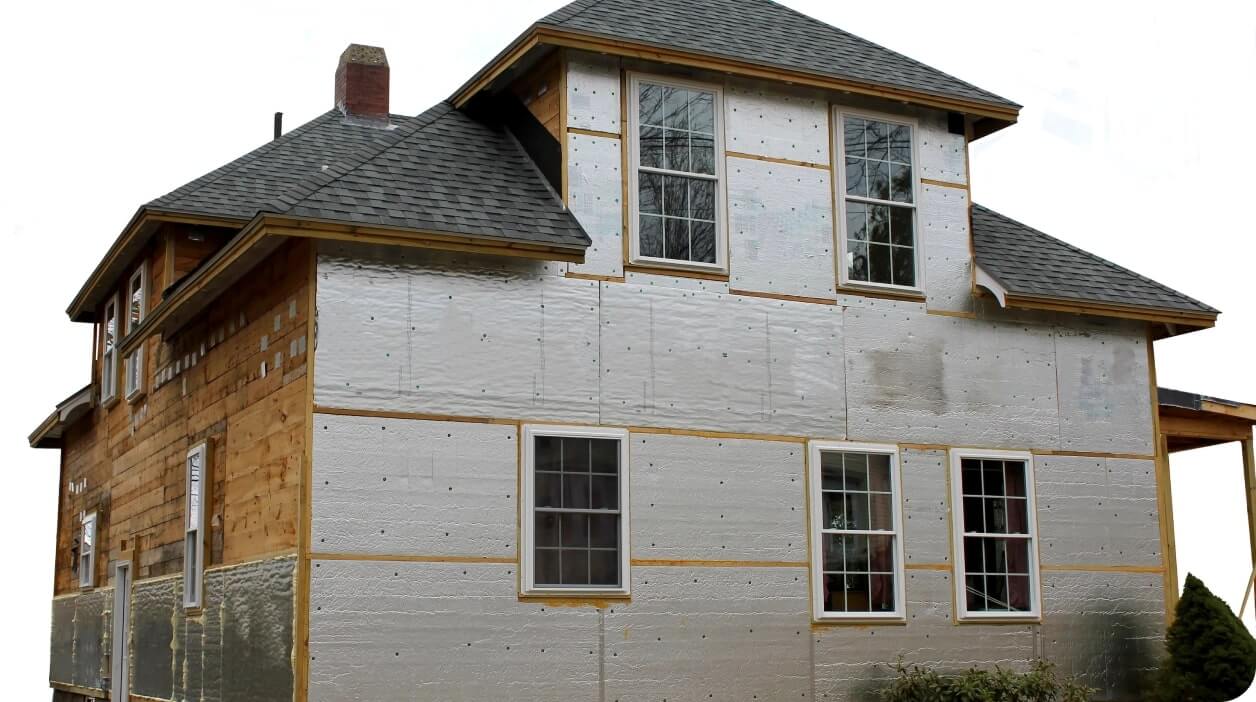
Home Remodel/Renovation/Addition
If you are considering a home remodel, renovation or addition, it’s important to consider your existing plumbing system. There are times when the system will need to be updated in order to get the most of your new space.
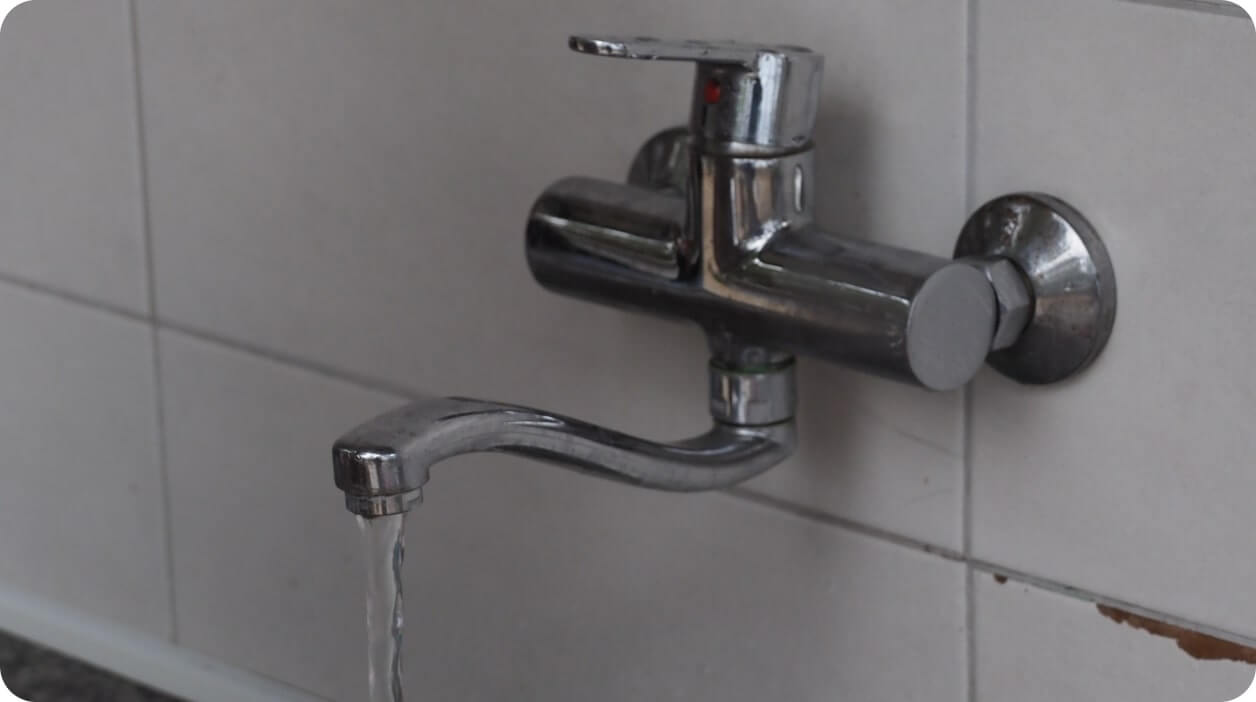
Persistent Plumbing Issues
If you are experiencing frequent clogs or leaks, it may be an indication that your plumbing system needs to be replaced.
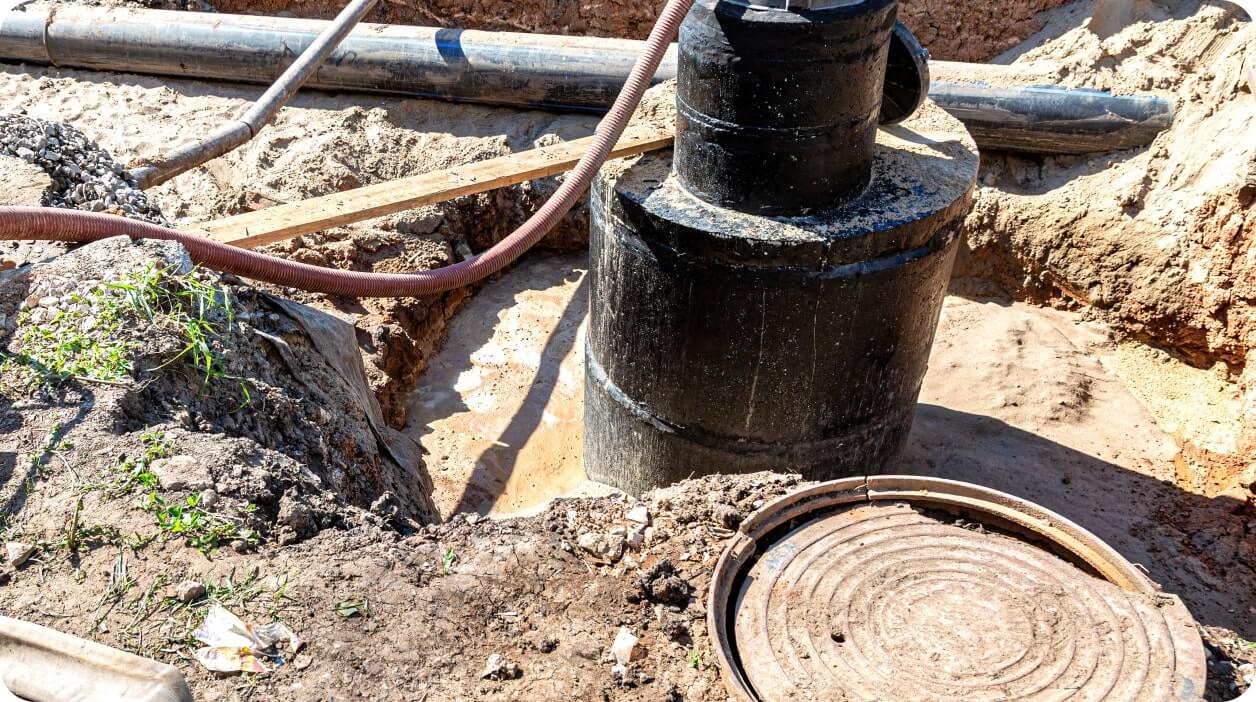
Sewer/Septic Line Damage
If you’ve ever experienced damage to your sewer or septic line, you know how important it is to ensure it’s working properly. Not only will a damaged sewer or septic line infiltrate your home with horrible odors, it can be hazardous to you and your family’s health and can cause serious damage to your home’s foundation.
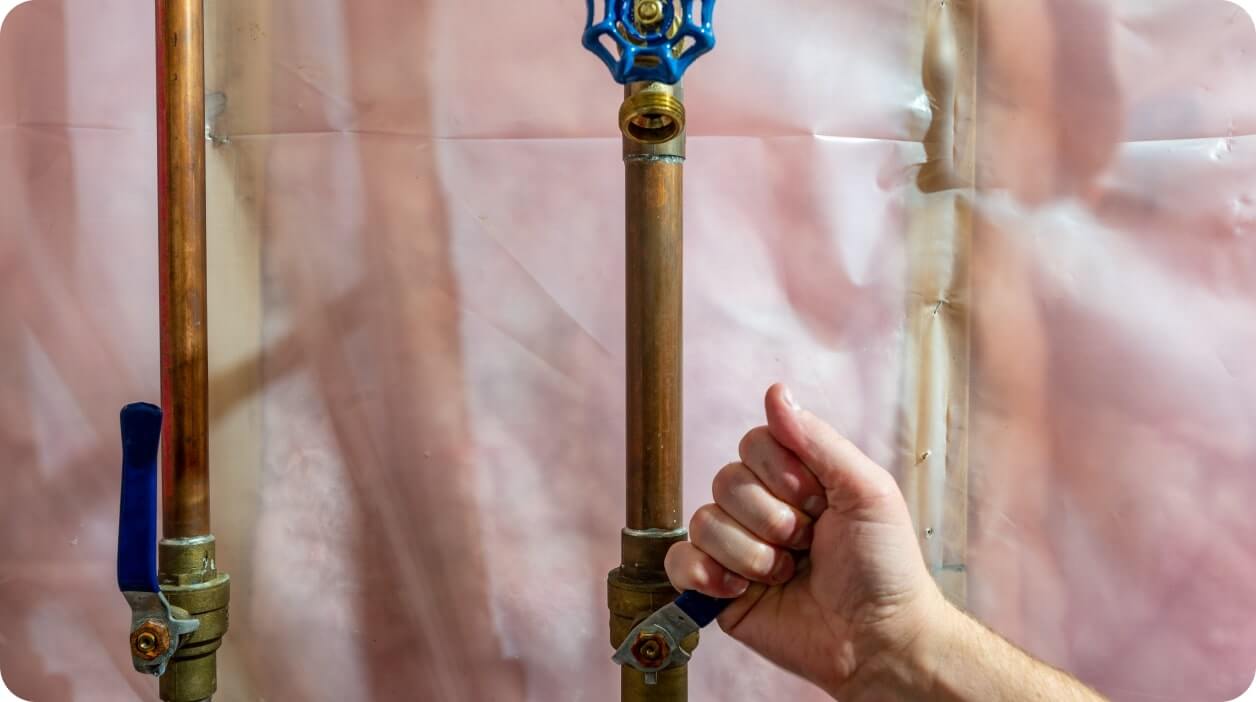
Shut-Off Valves
We recommend that everyone in your home is aware of the location of the main shut off valve to your home’s water supply as well as the individual supply shutoff valves and how to use them.
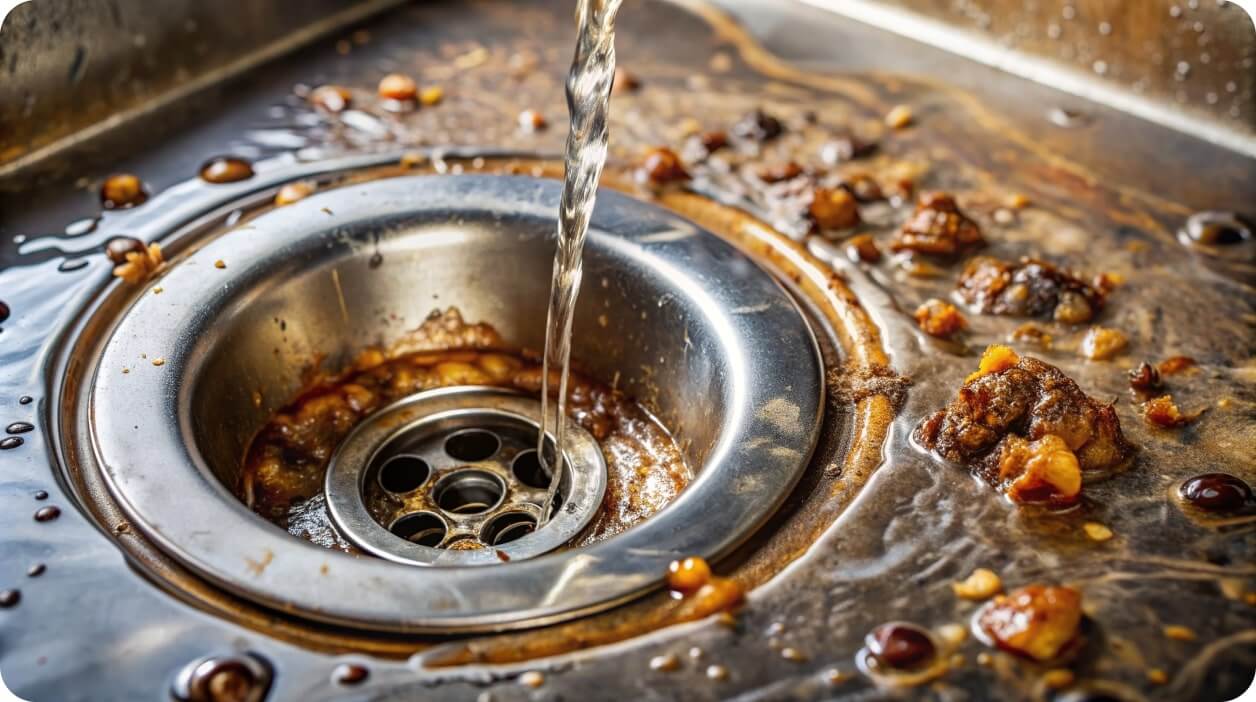
Slow Drainage
Slow flowing water drainage can be an indication of a plumbing blockage.
Plumbing Facts
- A home without a working plumbing system is unlivable.
- Insulated pipes retain warmth and reduce the time waiting for hot water.
- Hair and grease are the primary causes of clogged drains.
- Installing a low flush toilet can save approximately 20,000 gallons of water each year
Experiencing a plumbing problem (or disaster) can undoubtedly make any homeowner appreciate the importance of a functional plumbing system. Oddly enough, plumbing systems are typically the most overlooked (and taken for granted) aspects of home maintenance.
Regular inspections and maintenance will help ensure your plumbing system is running properly and efficiently and will eliminate the need for expensive repairs in the future.
Honey Do Men has over 20 years of plumbing system experience. Our plumbing services include, but are not limited to the installation, repair and replacement of:
- Entire plumbing systems
- Water leaks
- Sewer drains (including cleaning)
- Removing calcium deposits
- Backflow prevention devices
- Water purification systems
- Stormwater drainage systems
- Supply and drainage pipes
- Clogged drains and toilets
- Water softeners
- Sewer lines and pipes
- Hot water heaters
- Irrigation systems
- Sump pumps
- Boilers
- Plumbing fixtures
Our team of plumbing professionals are experienced in the installation, maintenance and repair of plumbing systems and can examine your plumbing system and suggest ways to maximize its efficiency. Investing in a quality plumbing system will give you the peace of mind knowing that your home and family are safe. Call us today and schedule a free assessment.
